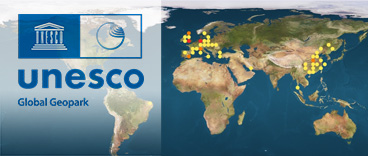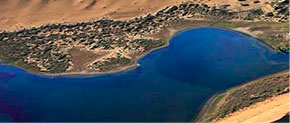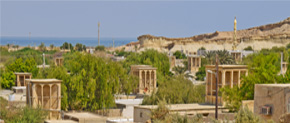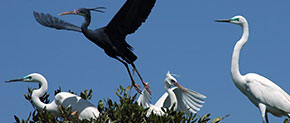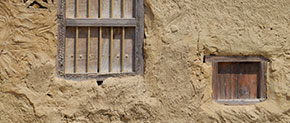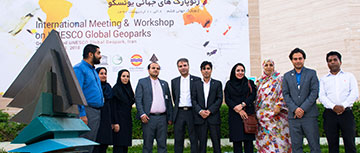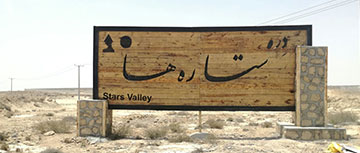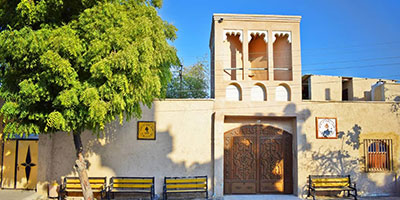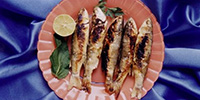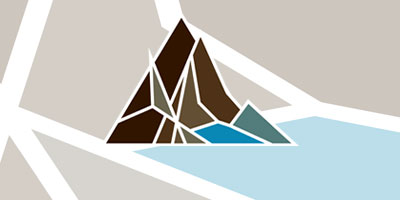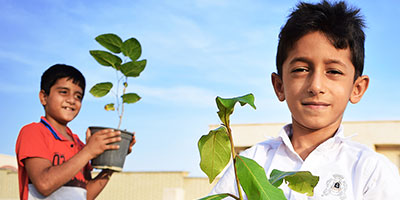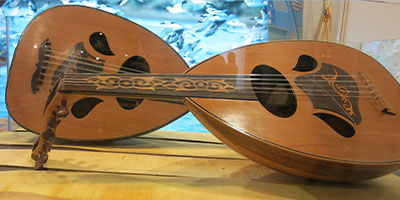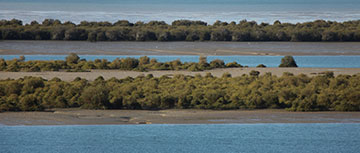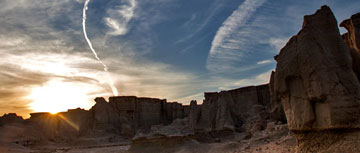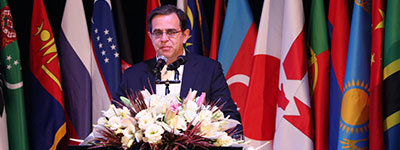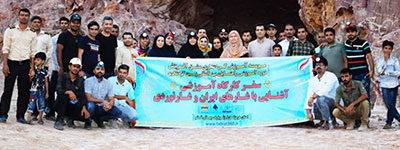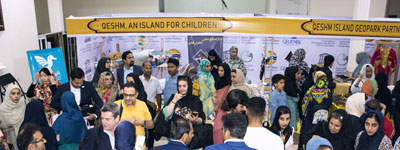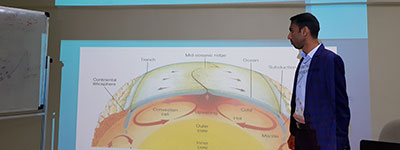Natural Heritage
Natural Heritage
Qeshm Island with an area of 1500 square kilometers, which is the largest island in the Persian Gulf in a coastal area with a warm and dry climate, an average annual rainfall of 120 millimeters, located in a semi-tropical or subtropical climate and it is situated in the vegetative area of the Persian and Oman, Gulf which its main vegetation includes Konar (Ziziphus Spina-Christi), Kahur (Prosopis), and Kerat (Vachellia nilotica, commonly known as Egyptian acacia) trees. In addition to having a special strategic position and various other advantages, this island has a very diverse and valuable nature. Special habitats, animal species and rare plants, various geological phenomena, and picturesque perspectives are abundantly found on land and coast across the island.
.jpg)
The special geographical situation of Qeshm Island and its history has formed unique biodiversity on the island and its shores. This island is located on the border of two completely different marine ecosystems, namely the Persian Gulf and the Sea of Oman, with a large area compared to other islands in the Persian Gulf. Habitat conditions such as salinity, temperature, oxygen, etc. are not the same in these two aquatic ecosystems, and these factors are very different in terms of biodiversity even though these two waterways are connected by the Strait of Hormuz. Qeshm Island has found special environmental importance on the border of these two ecosystems.
One of the factors that lead to high biological richness and biodiversity is habitat diversity. One of the unique features of Qeshm Island is the presence of different habitats, especially its coastal habitats. For example, a variety of coastal beds such as rocky shores, coral reefs, muddy beaches, sandy beaches, and Mangrove forests, scattered all over the Persian Gulf, can be found together on Qeshm island. With this habitat diversity, we can see high biodiversity on the shores of Qeshm Island. In terms of biodiversity, the three vital ecosystems, including coral reefs, mangrove forests, and rainforests, have the most biological and plant diversity which, the first and second ecosystems, can be seen in Qeshm and the surrounding waters.
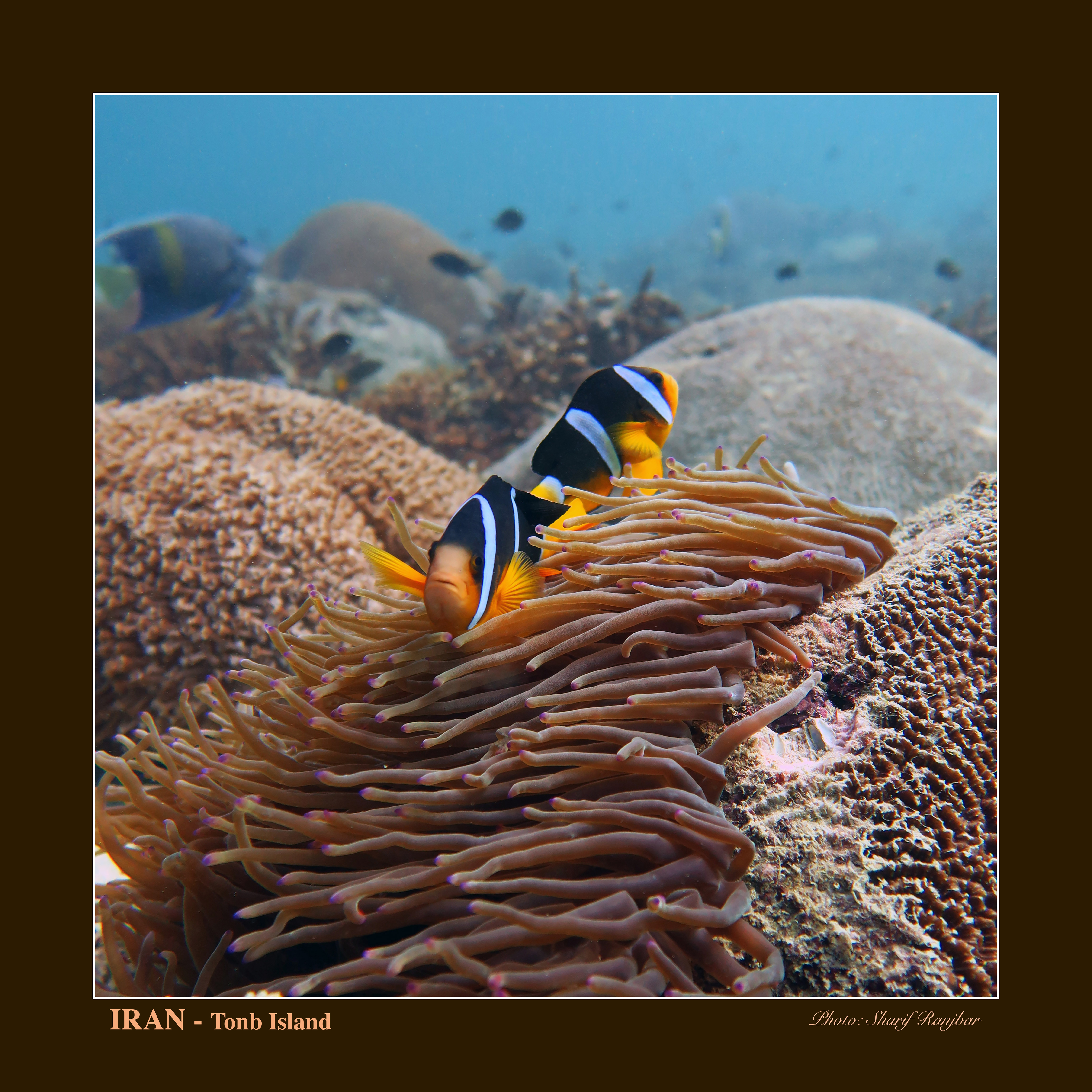
The area of mangrove forests in Qeshm Island is more than one hundred thousand hectares. The extent of the coral beds in the waters around the Qeshm Island is not exactly determined, but according to primary evaluations, around Qeshm and the Strait of Hormuz, the density of corals and related animal diversity in the Persian Gulf is very high.
Due to the tidal circulations in the Persian Gulf, one of the important ecosystems that can be seen and accessed around the Qeshm Island is the tidal zone. Biodiversity and species abundance in tidal areas depend on the structure and type of bed and Due to the richness of the species and habitat of the tidal area of Qeshm Island and also its accessibility, this area is one of the favorite areas to visit for tourists.


